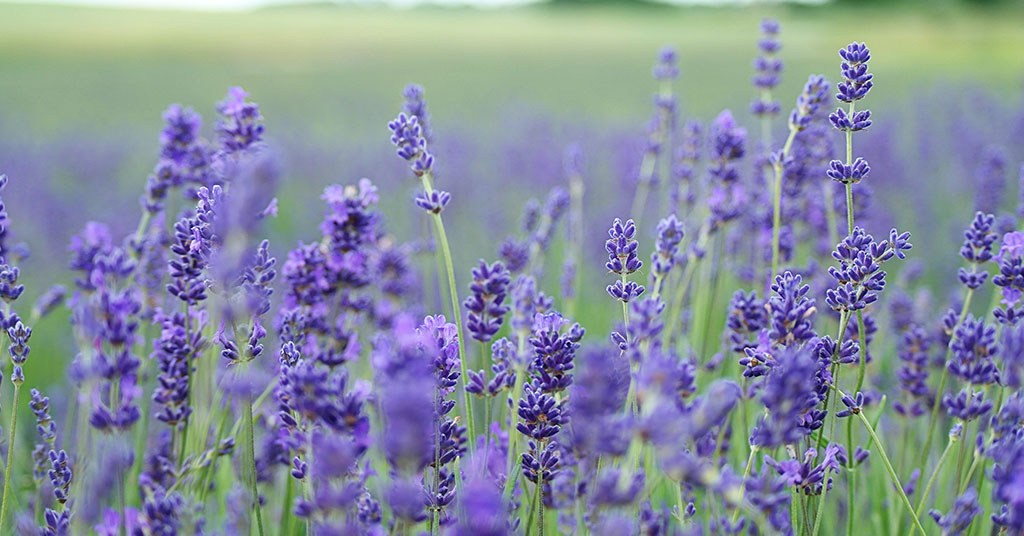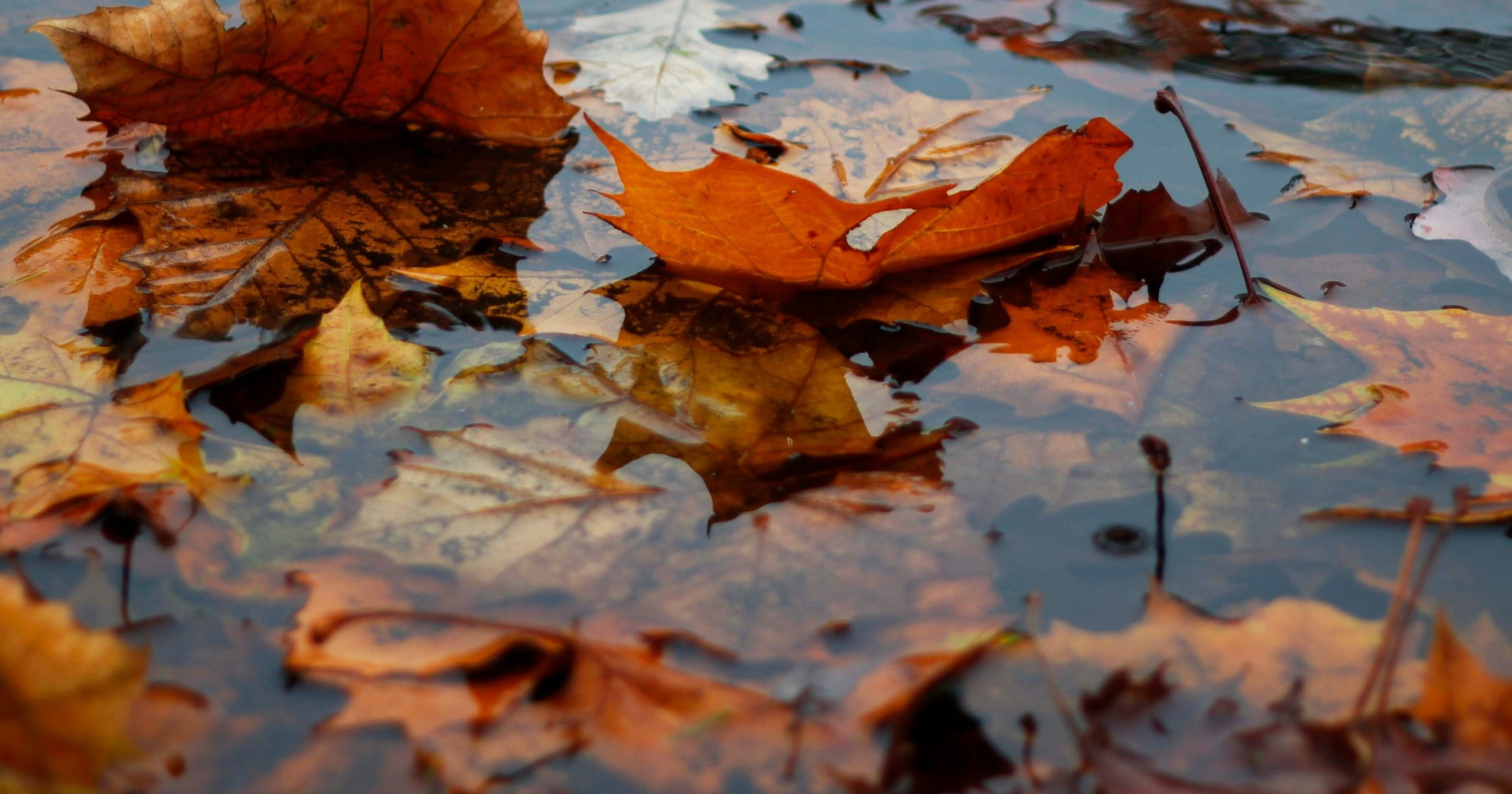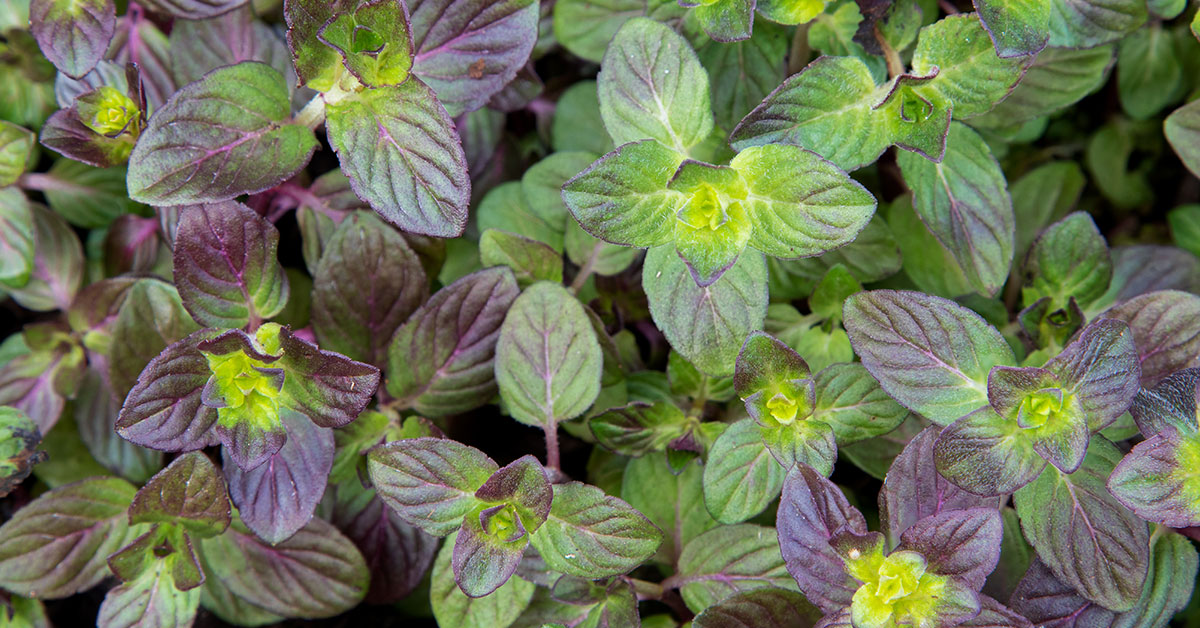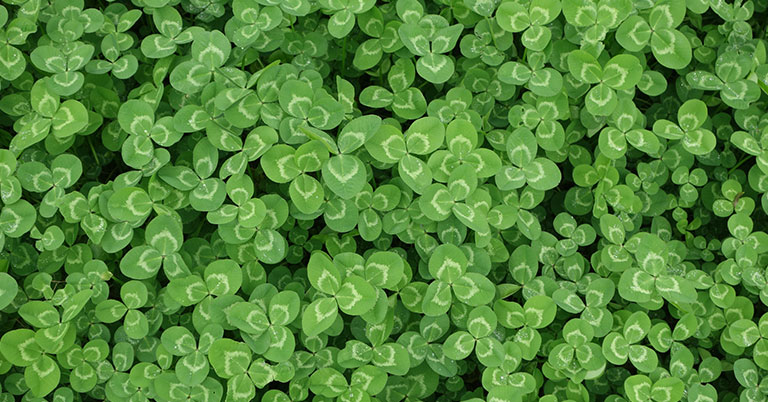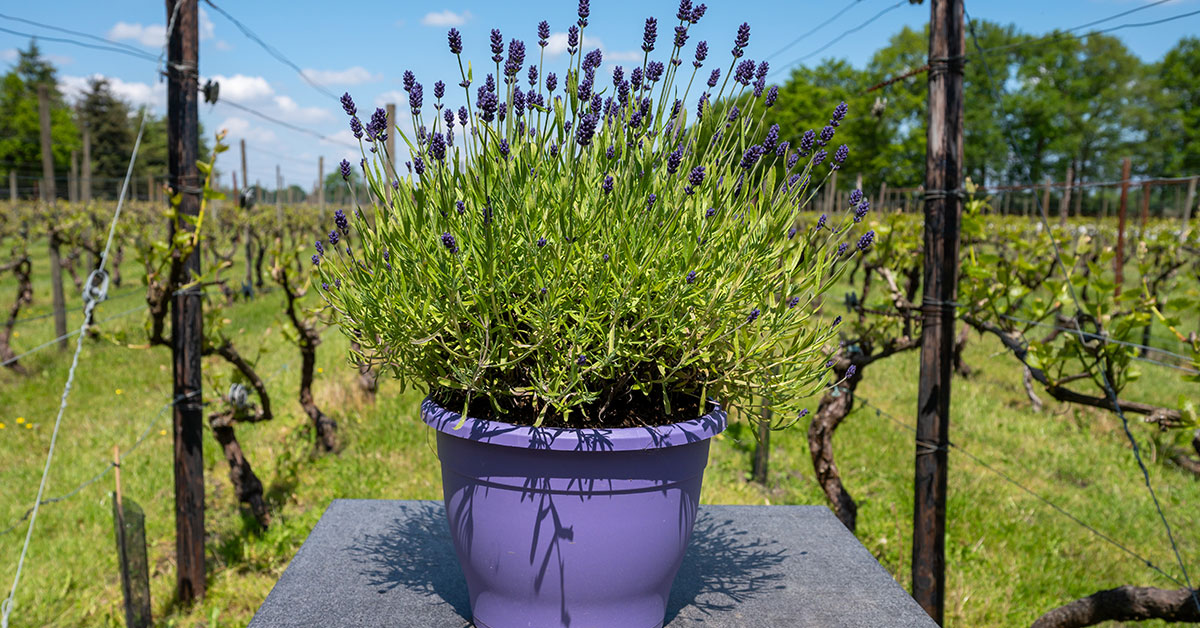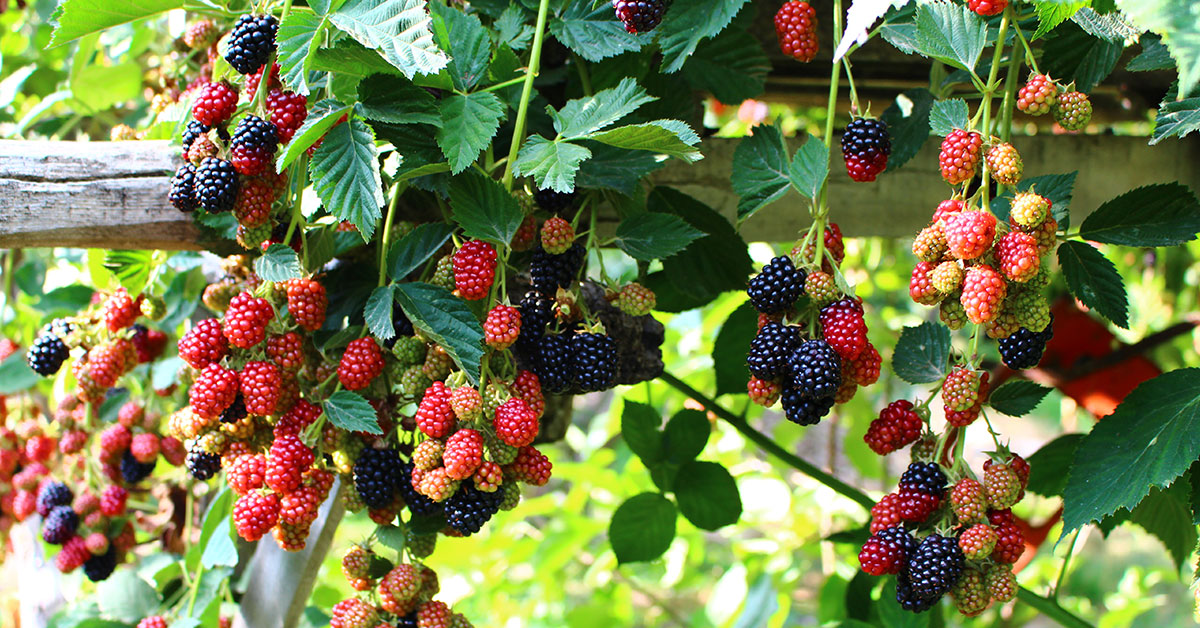Welcome to our comprehensive guide on planting apple trees in Zone 13! If you are a gardening enthusiast residing in this particular hardiness zone, you are in luck, as you have the ideal conditions for growing apple trees. Zone 13, which encompasses regions with a tropical climate, offers a unique set of challenges and opportunities for apple tree cultivation.
In this article, we will delve into the optimal time to plant apple trees in Zone 13, taking into consideration the specific climatic conditions, soil requirements, and other essential factors that will ensure your apple trees thrive and bear delicious fruits. Whether you are a seasoned gardener or a beginner, this article will equip you with the knowledge and guidance needed to embark on a successful apple tree planting journey in Zone 13.
Best apple varieties to grow in Zone 13
In Zone 13, which is characterized by a tropical climate, apple trees face challenges due to the high temperatures and humidity. However, there are a few apple varieties that have shown some success in this zone. Here are a few options:
- Anna: This variety is known for its ability to tolerate heat and humidity. It produces medium-sized, sweet apples that are ready for harvest in late summer.
- Dorsett Golden: Another heat-tolerant variety, Dorsett Golden produces medium to large-sized apples with a sweet and tangy flavor. It is an early-season apple, usually ready for harvest in late spring or early summer.
- Ein Shemer: Originally developed in Israel, Ein Shemer is well-suited for warm climates. It produces medium-sized, sweet apples that are ready for harvest in late summer.
- Tropic Sweet: As the name suggests, Tropic Sweet is specifically bred for tropical climates. It produces small to medium-sized apples with a sweet flavor. It is an early-season apple, usually ready for harvest in late spring or early summer.
It’s important to note that while these varieties have shown some success in Zone 13, apple trees generally prefer cooler climates. Therefore, it may be necessary to provide additional care, such as providing shade, regular watering, and proper soil management, to help apple trees thrive in this zone.
When to plant apple trees in Zone 13
In Zone 13, which is characterized by warm temperatures and mild winters, the best time to plant apple trees is during the cooler months of the year. Specifically, the ideal time to plant apple trees in Zone 13 is during the fall or early winter, when temperatures have cooled down but are still above freezing.
It’s important to note that these are general guidelines, and local weather conditions and microclimates can influence the best planting time. Additionally, it’s always a good idea to consult with local gardening experts or nurseries for specific recommendations based on your location within each zone.
How to grow apple trees in Zone 13
Growing apple trees requires careful planning and attention to detail. Here are the steps and considerations to keep in mind:
- Selecting the Right Variety: Choose an apple tree variety that is suitable for your climate and growing conditions. Consider factors such as chill hours (the number of hours below 45°F/7°C required for the tree to break dormancy), disease resistance, and pollination requirements.
- Site Selection: Apple trees require full sun (at least 6-8 hours of direct sunlight per day) and well-drained soil. Avoid low-lying areas prone to frost or waterlogging. Ensure there is enough space for the tree to grow to its mature size.
- Soil Preparation: Test the soil pH and fertility. Apple trees prefer slightly acidic soil with a pH between 6.0 and 7.0. Improve the soil by adding organic matter, such as compost or well-rotted manure, to enhance drainage and nutrient content.
- Planting: Plant apple trees in late winter or early spring, before the buds break. Dig a hole that is wide and deep enough to accommodate the tree’s roots without bending or crowding. Place the tree in the hole, ensuring the bud union (the swollen area where the tree was grafted onto the rootstock) is above the soil line. Backfill the hole with soil, firming it gently around the roots.
- Pruning: Prune apple trees annually to maintain their shape, promote airflow, and remove dead or diseased wood. Pruning also helps to encourage fruit production. Prune during late winter or early spring when the tree is dormant.
- Watering: Provide regular and consistent watering, especially during the first few years after planting. Deeply water the tree, ensuring the root zone is thoroughly moistened. Avoid overwatering, as it can lead to root rot.
- Fertilizing: Apply a balanced fertilizer in early spring before new growth begins. Use a fertilizer specifically formulated for fruit trees and follow the manufacturer’s instructions. Avoid excessive nitrogen, as it can promote vegetative growth at the expense of fruit production.
- Pest and Disease Management: Monitor the tree regularly for pests such as aphids, codling moths, and apple maggots. Use organic or integrated pest management methods to control pests. Additionally, be vigilant about common apple diseases like apple scab, powdery mildew, and fire blight. Apply appropriate fungicides if necessary.
- Pollination: Some apple varieties require cross-pollination with another compatible apple tree for fruit set. Ensure you have at least one other apple tree nearby that blooms at the same time and is compatible for pollination.
- Harvesting: Harvest apples when they are fully ripe. Different apple varieties have different ripening times, so monitor the fruit closely. Twist or gently lift the apple from the tree, avoiding any excessive pulling or tugging.
Remember, growing apple trees requires patience and consistent care. By following these steps and considerations, you can enjoy a bountiful harvest of delicious apples.
When to harvest apples in Zone 13
In Zone 13, which is characterized by warm climates with mild winters, the ideal time to pick apples can vary depending on the specific apple variety you are growing. However, in general, apples are typically harvested in late summer to early fall.
To determine the best time for picking apples in Zone 13, you should consider the average number of days it takes for your chosen apple variety to reach maturity after the blossoms have been pollinated. This information can usually be found on the seed packet or plant tag when purchasing apple trees.
Additionally, you can look for other signs of ripeness to determine if the apples are ready for harvest. These signs include:
- Color: Apples will develop their characteristic color when they are ripe. For example, red apples will turn a deep red, while green apples may turn yellowish or develop a slight blush.
- Firmness: Gently press your thumb against the skin of the apple. If it feels firm, it is likely ready to be picked. Avoid apples that are too soft or mushy.
- Taste: Sample an apple from the tree to assess its flavor. If it has a good balance of sweetness and acidity, it is likely ripe and ready to be harvested.
- Stem detachment: When apples are fully ripe, they will easily detach from the tree with a gentle twist or upward lift. If the apple resists and does not detach easily, it may need more time to ripen.
Remember that apple varieties can have different maturation times, so it is important to know the specific variety you are growing to determine the best time for picking.
Common apple tree problems and fixes
There are several common problems that apple trees may encounter during their growth. Here are a few of them along with their potential fixes:
- Pest infestation: Apple trees can be susceptible to pests such as aphids, codling moths, and apple maggots. To address this issue, you can use insecticidal soaps or horticultural oils to control aphids. For codling moths, pheromone traps or insecticides can be effective. Apple maggots can be controlled by using sticky traps or applying insecticides at the appropriate time.
- Fungal diseases: Apple trees can be affected by various fungal diseases like apple scab, powdery mildew, and cedar apple rust. To combat apple scab, you can use fungicides or choose resistant apple tree varieties. Powdery mildew can be controlled by ensuring proper air circulation and using fungicides if necessary. Cedar apple rust can be managed by removing nearby cedar trees or applying fungicides.
- Nutrient deficiencies: Apple trees may suffer from nutrient deficiencies, such as nitrogen, phosphorus, or potassium. Soil testing can help identify the specific nutrient deficiency. To address this, you can apply appropriate fertilizers or organic amendments to replenish the lacking nutrients.
- Poor pollination: Inadequate pollination can result in reduced fruit set. To improve pollination, consider planting multiple apple tree varieties that bloom at the same time to ensure cross-pollination. Additionally, attracting pollinators like bees to your garden can also help enhance pollination.
- Watering issues: Over or under-watering can negatively impact apple trees. It is important to provide consistent and adequate moisture to the trees, especially during dry periods. Regularly check the soil moisture and adjust watering accordingly to maintain a moderate and consistent level.
Remember, prevention is key to maintaining healthy apple trees. Regularly inspecting your trees, practicing good sanitation, and providing proper care can help minimize the occurrence of problems. If issues persist, consulting with a local horticulturist or arborist can provide more specific guidance based on your region and apple tree variety.





